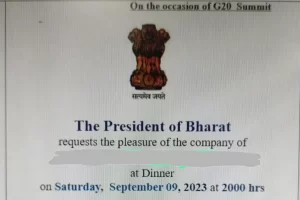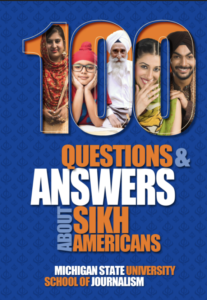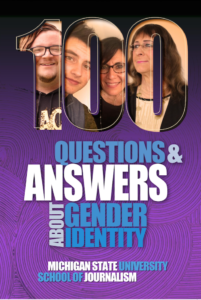
The invitation to a dinner at the global G20 summit calling President Droupadi Murmu the chief of Bharat have people asking if this is official or if a formal name change is in the works and what that might mean.
India is commonly used outside of India, but Bharat, from Sanskrit religious texts, is used by some within India. Hindustan is used less often, usually in artistic or cultural contexts. India comes from Indus, also Sanskrit, and the name f a major river. It was used to identify the entire region.
India is objectionable to some as another name in a long list of names imposed British rule. The British consolidated and colonized a diverse set of populations under the label. A change over to Bharat would signify pride in some traditional values. Some have called India a slave name. So there is that connection to a global trend to restore historic names. But Bharat does not resonate with all Indians.
There is an additional layer of meaning in India. There, Hindu nationalism is a movement to elevate and re-establish India as a predominantly Hindu nation. However, a fifth of the country, or about 280 million people, do not have an affinity for Hinduism and Sanskrit names like Bharat. This has been seen in protests and clashes that have taken a religious nature. India does not have an official state religion, but people there are much more invested in religious affiliation than people in most countries.
India, though dominated by Hinduism, also has the largest Muslim population in the world and is home to several major religions including Hinduisn. Others are Buddhism, Sikhism and Jainism. Hinduism has been shrinking in recent years and Islam is the fastest growing Indian religion.
Here is the breakdown from India’s 2011 census. The United States census, by contrast, is more concerned with ethnicity than religion.
India religious populations, 2011
Hinduism 79.8%
Islam. 14.2%
Christianity. 2.3%
Sikhism. 1.7%
Buddhism. 0.7%
Jainism 0.4%
Hosting the G20 meeting and recent high-profile actions such as claiming the top global spots population and economically and in recent space exploration have put the spotlight on India. We will have to see what it calls itself and whether a change is followed by legislative action or as a rallying point in next year’s Indian elections.



















